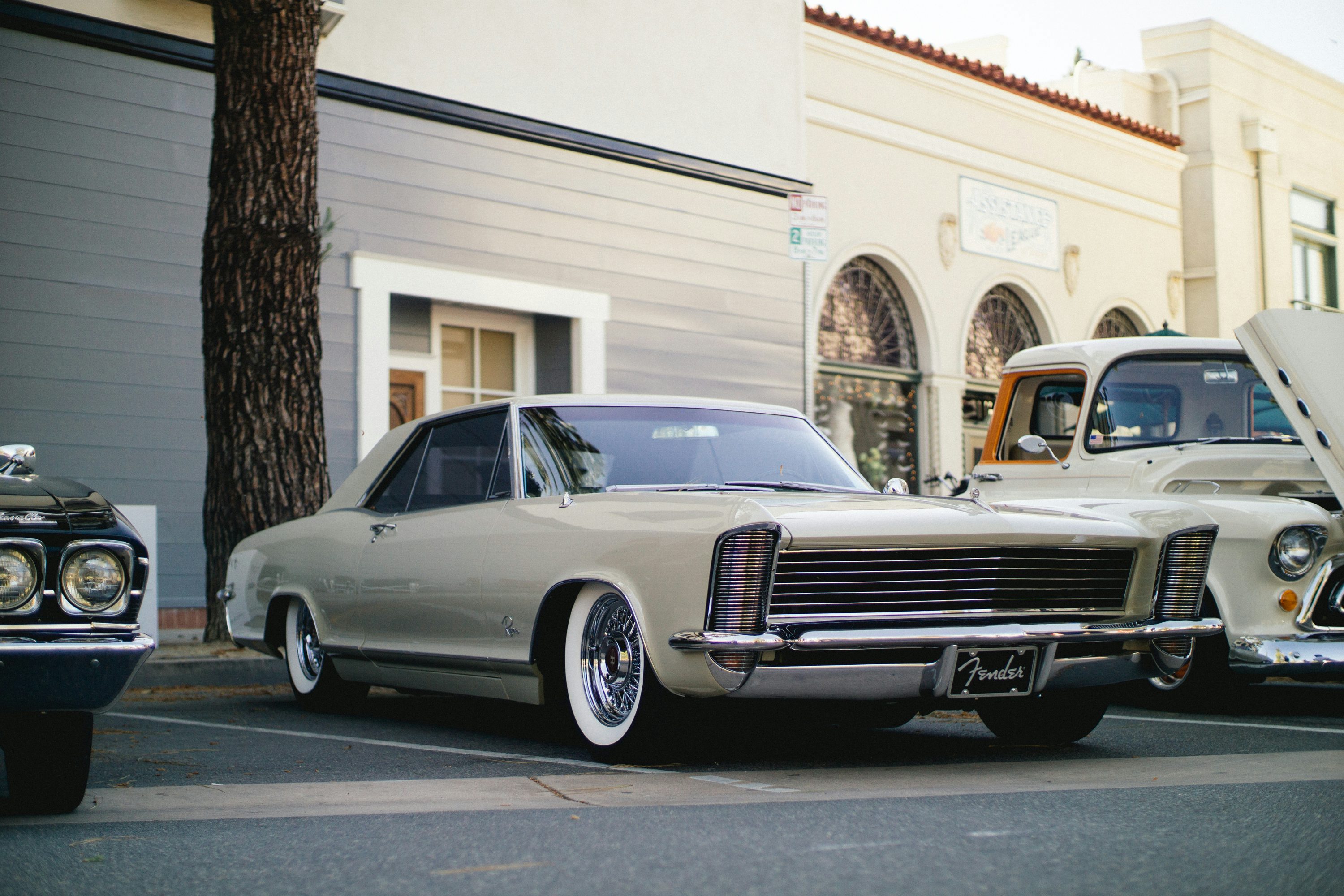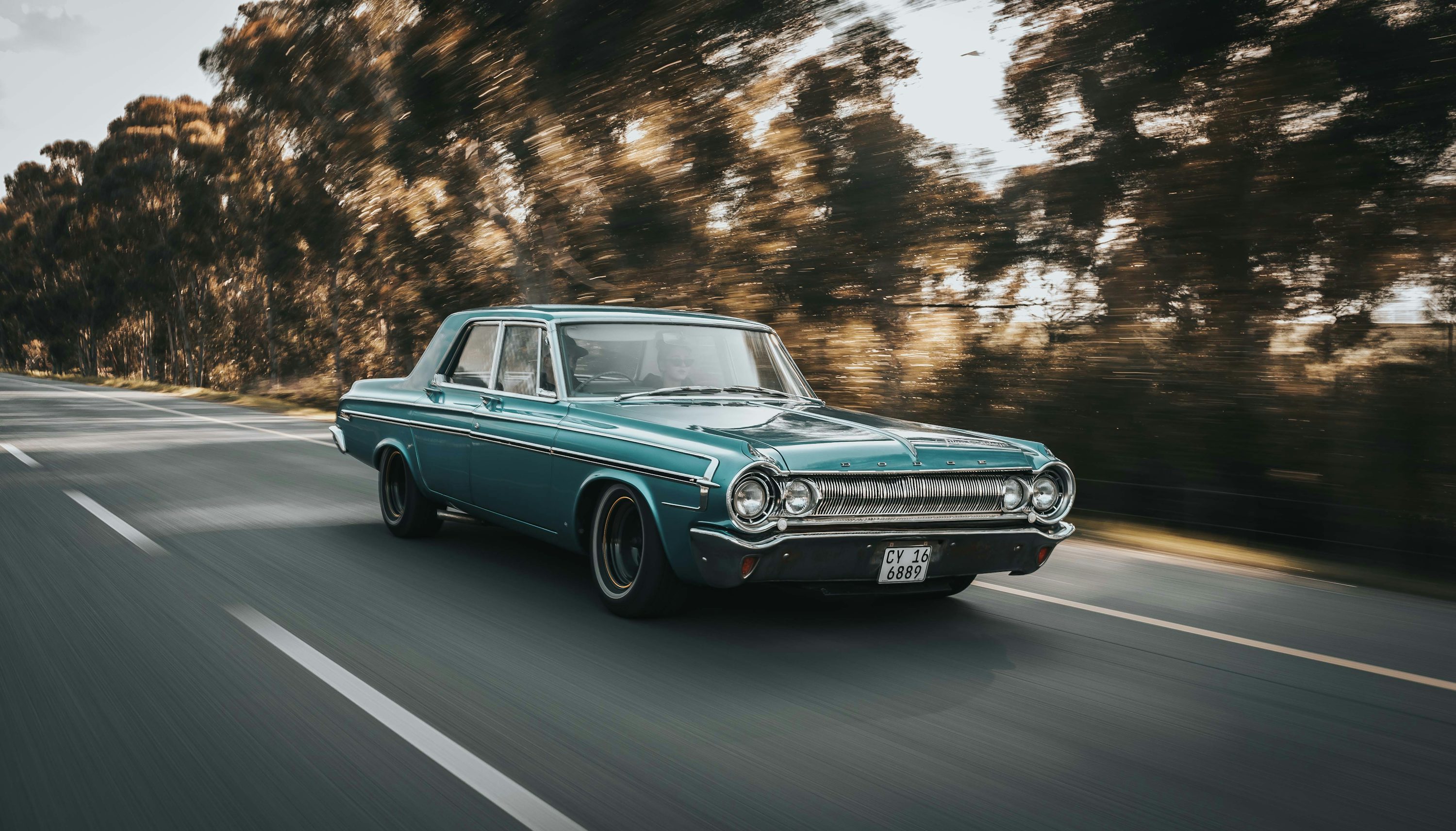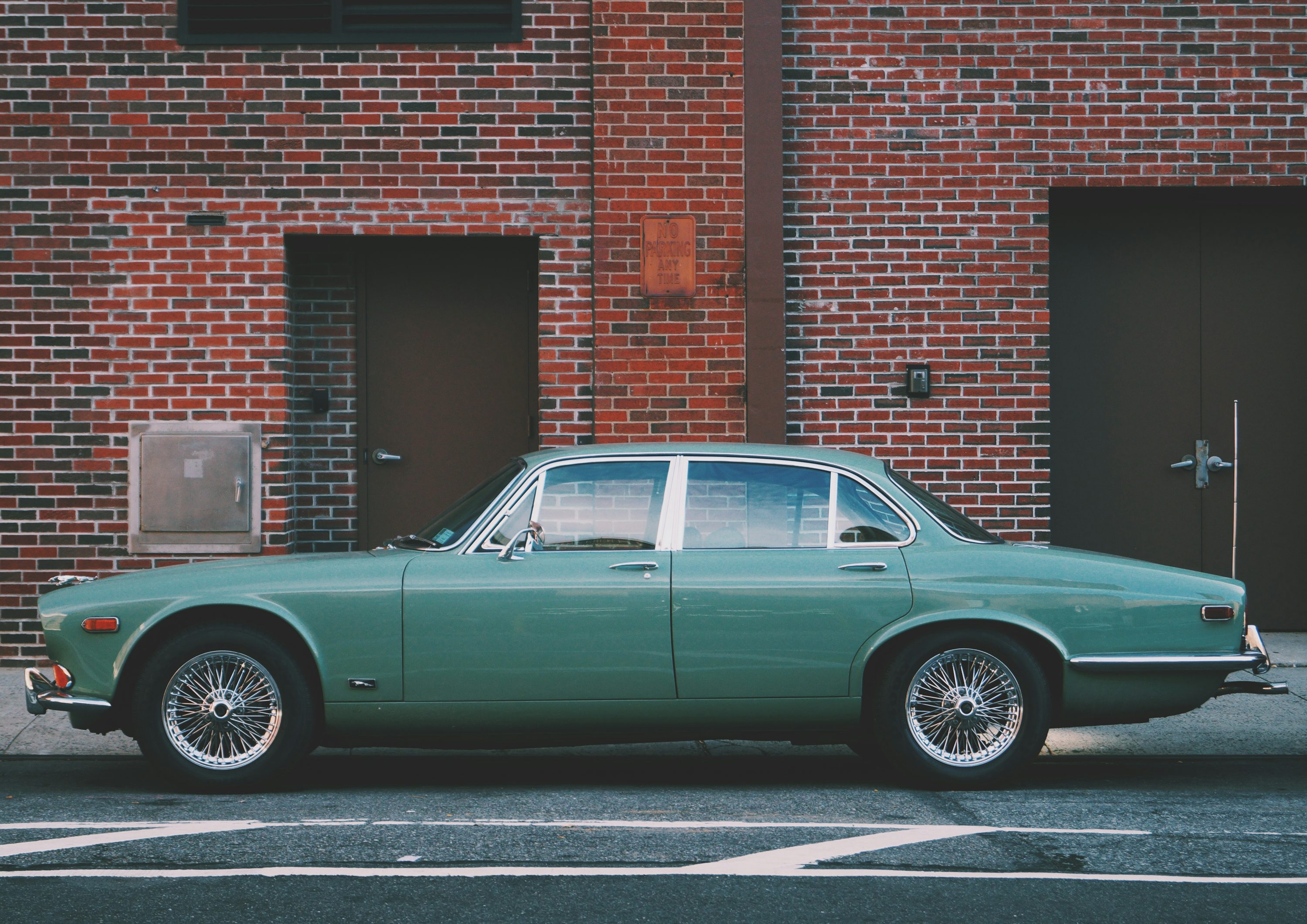- Why Choose an Old Car Today?
- Essential Old Car Maintenance Tips
- Making the Most of Older Car Ownership
- FAQ
Old cars have a special charm that many vehicle owners appreciate. Whether you’ve inherited one, purchased one for its affordability, or admire vintage designs, owning an older car can bring unique satisfaction. This guide will help you navigate the joys and challenges of old car ownership, from maintenance tips to sourcing parts, ensuring your vehicle stays roadworthy and enjoyable for years to come.
Why Choose an Old Car Today?
In 2025, owning an old car still holds plenty of advantages. Here’s why they remain popular amongst drivers:
Major Cost Savings: Compared to newer models, old cars typically have a much lower purchase price, making them a budget-friendly option for buyers.
Simpler Technology: Many older cars boast simpler mechanisms and fewer electronic systems, which means they are often easier and less expensive to repair.
Reduced Depreciation: Older vehicles don’t lose value as quickly as new ones and may even appreciate over time, especially if they’re rare or vintage models.
Proven Reliability: Models that have been on the road for years often come with a reputation for durability, as their strengths and weaknesses are well-documented.
Unique Character: Vintage and older cars often have distinctive designs and features that stand out from modern vehicles, giving them an undeniable charm.
Essential Old Car Maintenance Tips
Keeping your old car in good condition requires regular care, attention, and strategic decisions. Here’s what you should consider.
Old Car Checks
Regular inspections can prevent small issues from becoming major problems. Perform the following checks:
Look for Rust Spots: Examine areas prone to rust, like the wheel wells, undercarriage, and door sills. Rust can weaken structural integrity and worsen over time.
Check Belts and Hoses: Inspect engine belts and coolant hoses for cracks or wear. Replacing them early prevents potential malfunctions.
Listen for Unusual Sounds: Pay attention to clunking, squeaking, or grinding sounds. These may indicate issues with the engine, brakes, or suspension.
Finding Reliable Old Car Parts
Getting parts for old cars can be challenging but not impossible.
Specialty Shops: Find shops that cater to older or vintage cars. Their staff often have expertise and access to rare parts.
Online Marketplaces: Websites like eBay and other platforms may have the parts you need. Be sure to check seller reviews and product authenticity.
Car Clubs & Forums: Join communities of enthusiasts who share tips and resources for finding hard-to-locate pieces.
Aftermarket vs. Used Parts: Aftermarket parts are new and designed to fit various models, while used parts can be sourced from scrapped vehicles. Evaluate your options based on cost, availability, and reliability.
Keeping Your Old Car Healthy
Follow a routine for essential maintenance tasks to prevent unnecessary repairs and breakdowns. Here’s a quick guide:
Check | What To Do | How Often |
|---|---|---|
Oil & Filter | Replace oil and filters as recommended | Every 3-6 months/5,000 km |
Tires | Inspect for pressure, tread wear, and rotate | Monthly; Every 10,000 km |
Coolant | Top off coolant and flush system | Monthly; Every 2 years |
Brake Fluid & Pads | Check fluid levels and pad wear | Monthly; As needed |
Lights | Ensure headlights, brake lights, and indicators are functional | Monthly |
Avoiding Expensive Repairs
Simple steps can often offset costly repairs in the long run:
Act Fast: Don’t ignore warning signs or small issues like leaks, noises, or dashboard alerts. Address them promptly.
Find a Trusted Shop: Seek mechanics who specialize in older vehicles. They’re likely more experienced with brands and models from past decades.
Ask an Expert: If you’re considering purchasing an old car, arrange for a professional inspection to identify potential issues beforehand.
Making the Most of Older Car Ownership
Once your old car is in great shape, take the time to enhance its use and enjoy the experience.
Insurance Options: Many insurance companies offer tailored policies for classic and older vehicles. These policies often prioritize preservation and low mileage use.
Value Growth: Older cars maintained meticulously may become collectibles, gaining in value and appeal among enthusiasts.
Community Support: Online forums and local car clubs can provide invaluable advice, shared experiences, and camaraderie within the old car owner world.
FAQ
Q:Is it still worth maintaining an old car?
A:Yes, especially if the car is well-maintained. Repairs tend to be less expensive than the costs of upgrading to a new vehicle model. Regular upkeep extends its useful life significantly.
Q:Where can I find parts for my aging vehicle?
A:Explore specialized shops for vintage models, check reputable online marketplaces, or join forums for suggestions. Salvage yards are also great locations for parts.
Q:What are the most common problems with older cars?
A:Rust is a frequent issue. Other problems include worn-out hoses, belts, and clogged fuel injectors. Electrical connections on older vehicles should also be monitored regularly.
Q:How often should I drive my older car?
A:Drive your vehicle at least once a week to keep tires, engine components, and seals in good condition. Ensure it is parked away from extreme heat or sunlight whenever possible.
Read More:
Diesel Price in UAE Today:Your Instant Fuel Cost Guide













